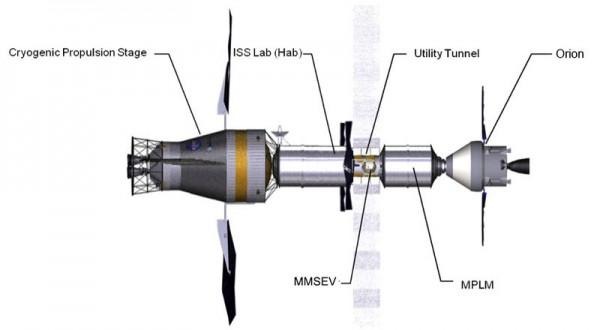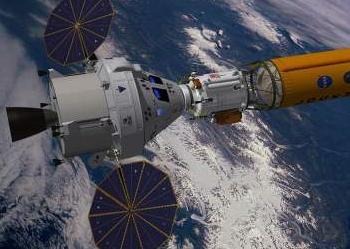NASA Going Deep Space Exploring With Cosmic Jets
NASA is planning to explore the depths of space with its most powerful launch vehicle, flying the cosmos more like a fighter jet than a traditional rocket. The US space agency aims to use the Space Launch System (SLS) to take probes, satellites, and even crewed stations like the proposed Deep Space Habitat far out through the galaxy, testing jet systems that would allow it to change course in real-time to avoid unforeseen obstacles.
Of course, actually sending a rocket up and then trying to guide it around the solar system isn't the easiest way to test out new hardware and software, and so NASA's teams are trying things closer to Earth first.
Engineers from the SLS team at the agency worked with NASA's Engineering and Safety Center, Armstrong Flight Research Center at Edwards, Calif., and the Space Technology Mission Directorate's Game Changing Development Program on what's being called Adaptive Augmenting Control: a way for modifying course while in flight. Using an F/A-18 testbed aircraft – in fact a former Navy F/A-18A fighter plane, now decommissioned – a mini version of what might be a likely deep space journey was replicated, including courses that purposefully led to instability.

Some of the flights tried to maximize how much bending the airplane could handle, allowing the NASA teams to examine the risk of structural instability as the SLS changes course. Further testing encouraged structural resonance, where the plane actually starts shaking during flight, and then the effectiveness of the adaptive augmenting control system at damping down those shakes.
A total of six test flights, with more than 100 different maneuvers, took place, with the results going into the SLS' flight AI. Not only will it help shape the methods by which the system can change course, but prevent a manual pilot from inadvertently steering the spacecraft in ways that might actually damage it physically.

NASA first tried adaptive systems back in the 1960s on the X-15 rocket plane, which could automatically adjust how its control surfaces reacted when it transitioned into the thinner atmosphere at the edge of space.
However, as missions get more complex and distances greater, the existing preprogrammed flight paths aren't dynamic enough to take into account variations in conditions. "NASA's new software algorithm will make real-time adjustments as the vehicle pushes toward space," the agency says, "helping improve performance and enhancing crew safety in the particularly stressful parts of the flight."
The Deep Space Habitat was first proposed back in 2012, based on existing tech designed for the International Space Station and the Multi-Purpose Logistics Modules formerly used by the Space Shuttle. Expected to be around 11.5m long by 4.5m wide, it could support a crew of four on missions lasting anything from sixty days to 500 days.
